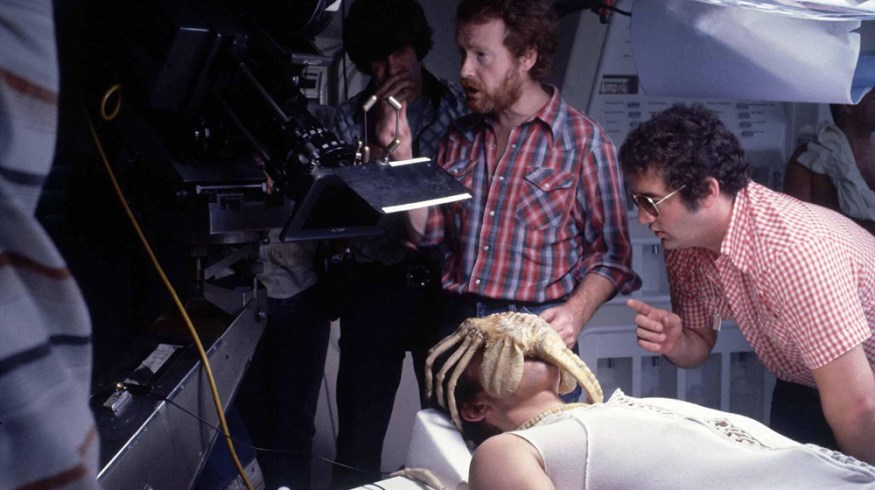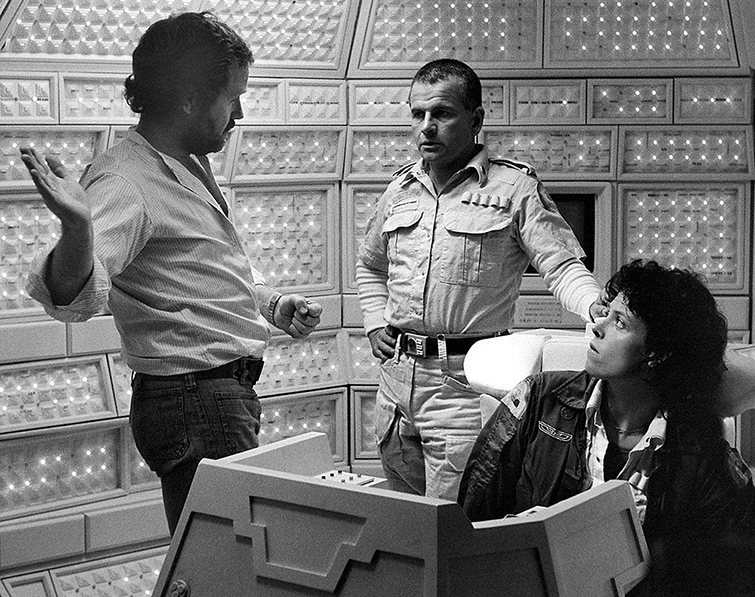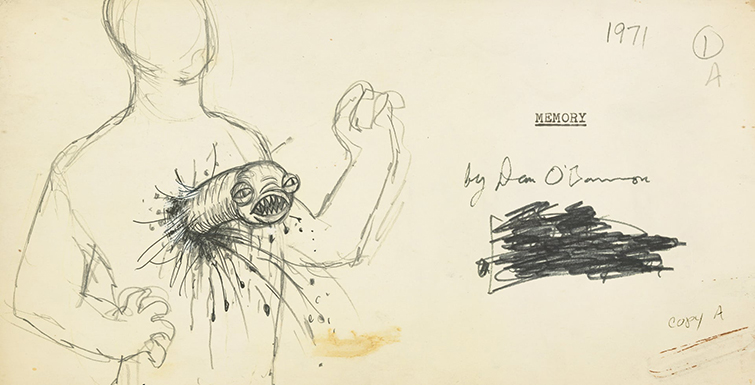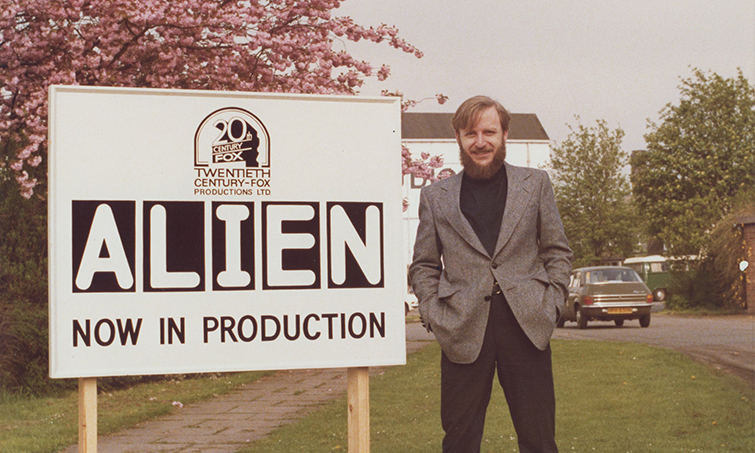
Filmmaking Lessons from the Making of the Sci-Fi Horror Classic “Alien”
A new documentary, Memory: the Origins of Alien, explores the filmmaking process behind the iconic sci-fi horror classic Alien.
In some ways, things are odd for filmmakers who came of age around the turn of the millennium. Not only do we now have a whole new treasure trove of digital cameras, gear, and resources available to us, but we also have a solid century of cinema history to study.
From timeless classics like The Great Train Robbery and Citizen Kane to 1979 science fiction horror masterpiece Alien, we have the entire range of the medium to examine — particularly these highly important, influential films.
Yet, when you actually get the chance to peer behind-the-scenes, these famous projects often appear to be the same muddled mess our own projects often feel like. It’s just through circumstance, luck, and perseverance that these filmmakers were able to last and takes their places in film history.
The new documentary Memory: the Origins of Alien (out now in select theaters and currently available VOD) lifts the veil on an unlikely blockbuster hit that spawned a mega-franchise — and the careers of some big Hollywood names.
Let’s see what we can learn from behind-the-scenes of Alien, and how you too can channel your intense desires to subvert genres, shoot beautiful cinematography, and create infamous scenes.
The Concepts Behind Dan O’Bannon’s Script
The story behind Alien, as showcased in Memory, is the life of screenwriter and filmmaker Dan O’Bannon, whose original short script — fittingly titled Memory — was the original basis for what would become his fully realized Alien script, years later.
Born and raised near St. Louis, Missouri, O’Bannon grew up devouring science fiction books. It was in these formative years (growing up on a farm) that he became fascinated with insects and the terrifying nature of their anatomies, as well as “alien” features and habits. You may also be surprised to learn that O’Bannon’s first real project was actually in collaboration with a young John Carpenter. He co-wrote and helped with much of the filmmaking of Carpenter’s ambitious sci-fi, debut student film Dark Star (1974).
However, while Carpenter preferred the humor of horror motifs and style for his film, O’Bannon was beginning to define the type of film he’d eventually want Alien to become. And, after working with George Lucas on Star Wars, and Alejandro Jodorowsky on a failed adaption of Dune, his screenplay for Alien finally came to life.
In many ways, it’s a fascinating timeline as the documentary lays out O’Bannon’s life and career up to the point of Alien. And, for filmmakers and aspiring screenwriters alike, it’s a great example of just how hard it is for even the brightest and most promising scripts to get a green light. Even then, as O’Bannon discovered while still couch-surfing in his 30s, once a script is picked up, it’s still a battle to get a movie made that remains true to its original concept.
Ridley Scott’s Direction and Vision

Image via American Cinematographer Magazine.
Luckily, at this point in the documentary Ridley Scott enters the scene (who was actually a replacement for the original director Walter Hill, to whom O’Bannon had originally sold his screenplay). Scott was similarly just starting off, so to speak, and was very much unknown in the industry.
Alien became perfect fodder for Scott’s unique vision and absolute mastery of a film set. The documentary goes in-depth into just how much time Scott spent — not just on storyboarding and set design with the team — but also how he was the primary camera operator for the film.
When you watch Alien today, you notice that while it might be slow by modern sci-fi or horror standards, it has that same gripping slow-burn quality you can only find with Kubrick or Tarkovsky. The camera, the documentary explains, is never static, always moving as if in POV, creating tension that builds the entire first act, building into one of the most memorable scenes in film history.
Filming the Infamous Chest Burster Scene
If you watch Memory: the Origins of Alien for one reason, it absolutely should be for the entire third act of the documentary, which is solely dedicated to breaking down the famous “chest-burster” scene.
Not only do we get insights into how the original idea came to life, and the fascinating (and quite disturbing) origins of the art design for the creatures (without getting too in-depth into it, just look up some of the art work of concept designer H.R. Giger for reference), but we also get a step-by-step tutorial on how Scott pulled off the scene with just practical effects (and lots of fake blood).
While the main cast (who are all featured in this pivotal scene) knew what the script called for, they were kept off set and hidden from the creature design until the actual day of production. And, in many cases, the reactions you see in the final film are the first reactions they had when the alien creature bursts out of Kane’s chest.
If you have any aspirations for horror, sci-fi, or just slow-burn filmmaking, this is a great documentary — ideal for filmmakers looking to find inspiration and guidance.
Cover image via American Cinematographer Magazine.
For more filmmaking advice, inspirations, tips, and tricks, check out these articles here:








